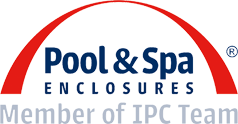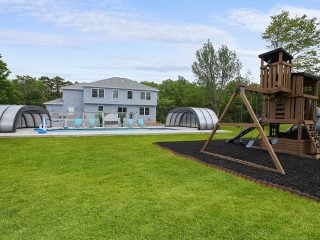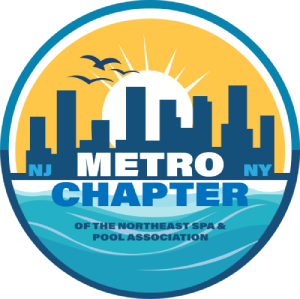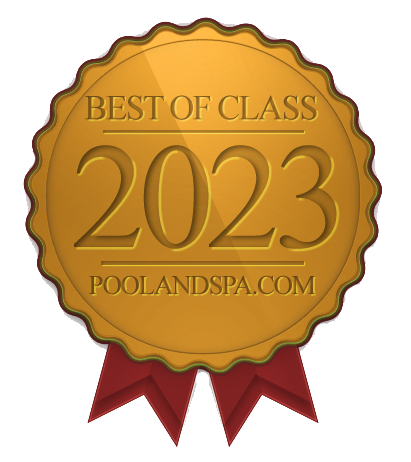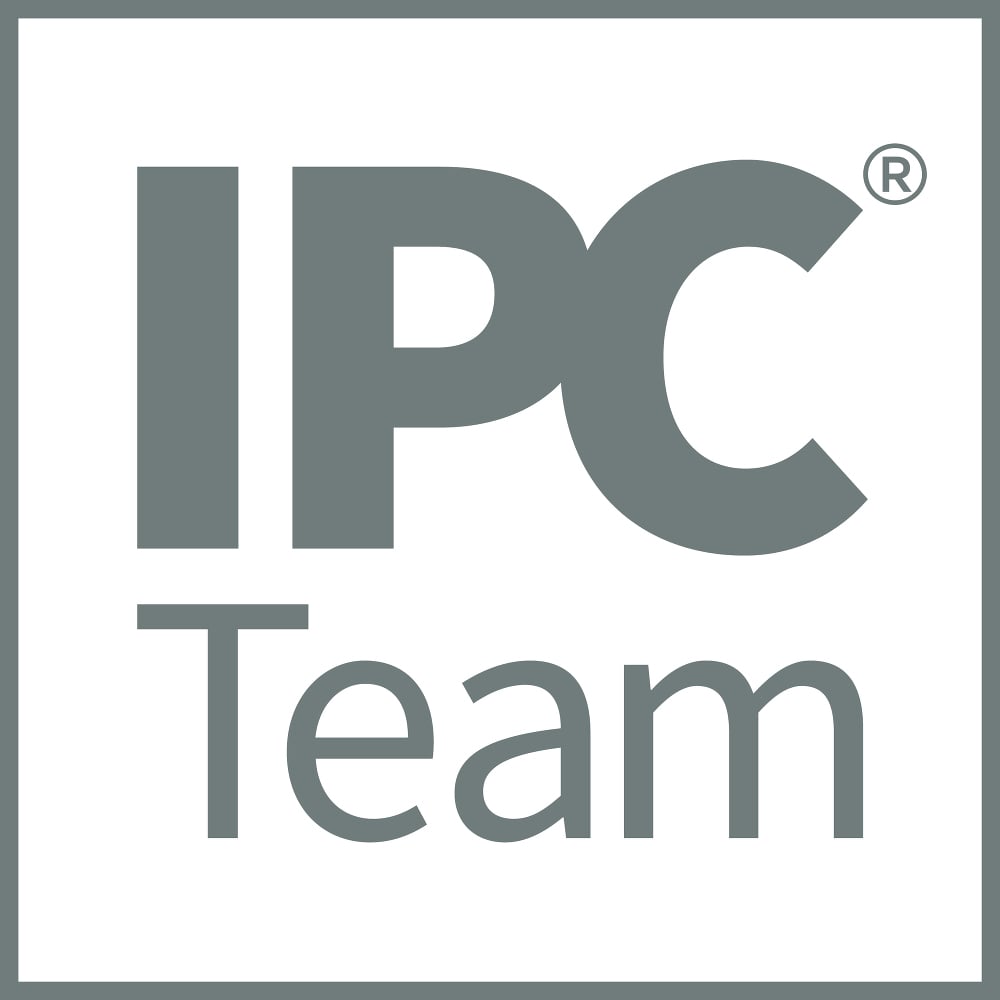The integration of water features into architectural design has always presented a fascinating challenge: how to reconcile the ephemeral nature of outdoor aquatic spaces with the client's desire for year-round functionality. Modern telescopic pool enclosures offer architects a compelling solution that transcends traditional limitations, creating dynamic environments that respond to both climatic conditions and occupant preferences.
These systems represent a significant advancement in environmental design—transforming static water features into adaptable, immersive spaces that enhance project sustainability while creating unique experiential opportunities. For architects seeking to create environments that evolve with seasons and usage patterns, these enclosures offer a sophisticated architectural element that bridges indoor comfort with outdoor connection.
Environmental Performance: Creating Microclimates
At its core, an enclosure system functions as an environmental modifier—creating a controlled microclimate that dramatically extends the usability of outdoor spaces. This transformation occurs through several key performance aspects:
Thermal Comfort
The enclosure system creates a buffer zone between exterior conditions and the pool,patio and entertainment environment, maintaining comfortable temperatures in multiple ways:
- Passive solar gain through polycarbonate panels captures solar radiation, naturally warming the space even on cooler days
- Thermal barrier properties of twin and quad-wall polycarbonate reduce heat transfer, maintaining water temperatures more consistently as well as better thermal efficiently of retention of heat for interior space
- Adaptable configurations allow for precise climate control—fully enclosed during cold weather, partially open for moderate days, or completely retracted for direct outdoor experiences
Case studies demonstrate dramatic extension of swimming seasons in northern climates, with enclosed water temperatures maintaining 88°F even when exterior environments drop below freezing. This creates opportunities for true four-season aquatic design in projects that would traditionally limit water features to summer-only usage.
Air Quality and Acoustics
Beyond temperature, these enclosures influence other environmental qualities:
- Humidity control creates comfortable environments for occupants while protecting surrounding architectural elements from moisture damage
- Wind protection eliminates the discomfort of cold drafts and excessive evaporative cooling
- Acoustic modification of the space, with polycarbonate providing up to 25dB(A) sound damping—transforming the sonic experience of water environments
Design Flexibility and Adaptability
Unlike permanent structures that define a fixed relationship with surrounding architecture, telescopic systems allow for multiple spatial configurations and evolving relationships with adjacent spaces.
Adaptable Spatial Relationships
Modern enclosure designs offer remarkable flexibility:
- Variable degrees of enclosure from fully open to completely sealed allow spaces to transform with seasons or events
- Transparent boundaries maintain visual connection to surrounding landscape even when fully enclosed
- Modular components can be configured to complement existing architectural elements
The ability to retract segments completely means the architect can design for both fully indoor and fully outdoor conditions without compromise—a significant advantage over traditional permanent enclosures or sunrooms.
Material Harmony
Specification options allow these systems to integrate with overall project aesthetics:
- Aluminum frame finishes include anodized silver, white, antique brown, and anthracite (charcoal)
- Polycarbonate panel options range from fully transparent to bronze-tinted or fully translucent for privacy
- Proportional considerations with various heights and profiles to complement surrounding architecture
Sustainability Advantages
Beyond occupant comfort, these systems offer several notable sustainability benefits that align with contemporary architectural values:
Energy Conservation
By creating a controlled environment, these enclosures significantly reduce energy demands:
- Water heating requirements decrease by up to 70% through solar gain and thermal retention
- Chemical usage reduces by approximately 30-40% due to decreased evaporation and environmental contamination
- Extended facility usage maximizes return on embodied energy investment in pool systems
Resource Efficiency
The design promotes efficient resource management:
- Reduced water consumption through minimized evaporation and less frequent draining and refilling
- Decreased maintenance demands with protection from environmental debris and contaminants
- Extended service life of pool systems and finishes through controlled environmental exposure
Adaptive Reuse Potential
For renovation projects, these systems offer a compelling strategy for reimagining existing aquatic spaces:
- Transformation of seasonal amenities into year-round assets without extensive reconstruction
- Improved performance of aging facilities through environmental control
- Reduced demolition waste compared to traditional pool enclosure renovations
Human Experience and Wellness
Perhaps most significant is how these enclosures transform the experiential quality of aquatic spaces:
Multi-Sensory Environment
The enclosed environment creates unique sensory experiences:
- Filtered natural light creates dynamic patterns and reflections across water surfaces
- Rain interaction becomes an aesthetic feature rather than a deterrent to use
- Temperature gradients can be designed to enhance therapeutic benefits
Extended Programming Opportunities
The controlled environment enables expanded programming possibilities:
- Year-round aquatic therapy spaces that support wellness and rehabilitation
- Multi-seasonal hospitality environments that transform with weather and events
- Educational facilities that maintain consistent operation regardless of exterior conditions
Design Integration Considerations
For architects incorporating these systems into projects, several design considerations emerge:
Contextual Relationships
The enclosure must be considered in relationship to its surroundings:
- View preservation through transparent materials maintains connection to landscape
- Transitional spaces between enclosed and open areas create graduated environmental shifts
- Scale considerations ensure the structure complements rather than dominates its context
Technical Integration
Successful implementation requires coordination with other building systems:
- Foundation integration with appropriate drainage and structural support
- Mechanical system coordination for supplemental heating, cooling, and ventilation when required
- Lighting design that accounts for both daytime and nighttime conditions
Conclusion
Telescopic pool and spa enclosures represent an architectural opportunity that transcends traditional notions of indoor/outdoor boundaries. By creating environments that adapt to changing conditions and user preferences, these systems align with contemporary architectural values of flexibility, sustainability, enhanced experiential quality, design innovation and ease of use.
For architects designing aquatic spaces, these enclosures offer a sophisticated approach to environmental control that embraces the dynamic nature of our relationship with water. The result is not merely a covered pool, but a transformable environment that responds to seasons, weather, and occupant desires—creating spaces that deliver year-round value while maintaining connection to natural elements and surrounding landscape.
